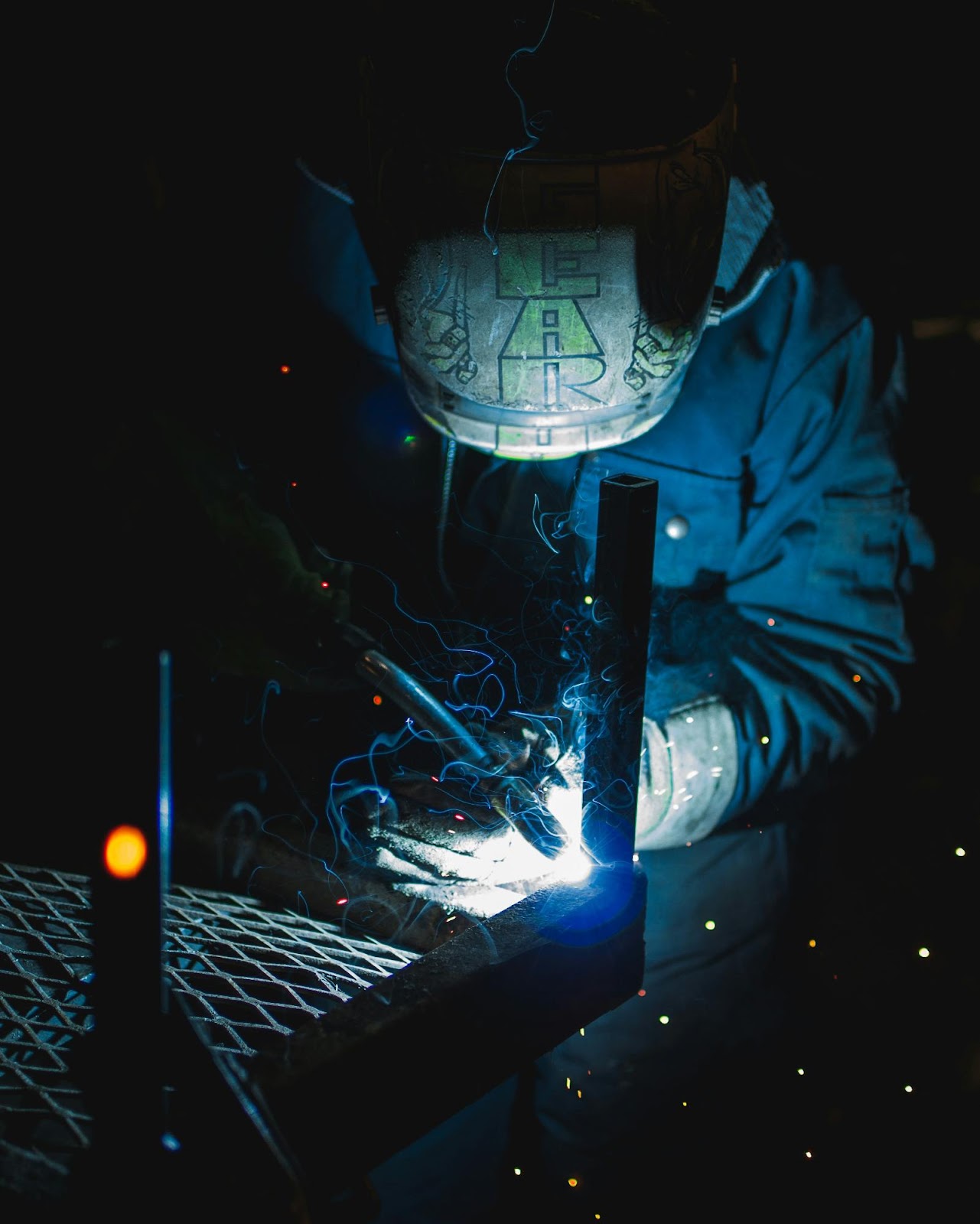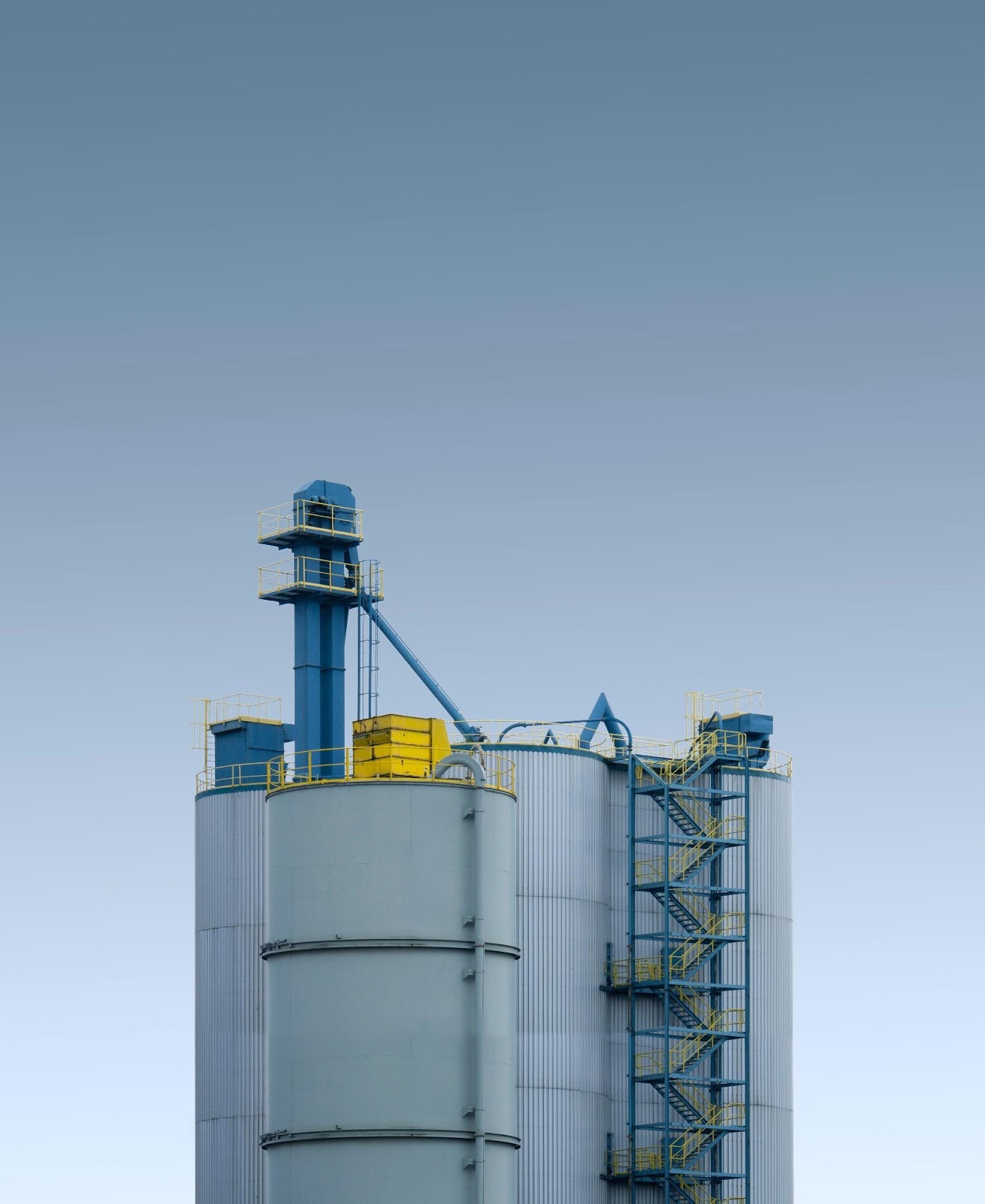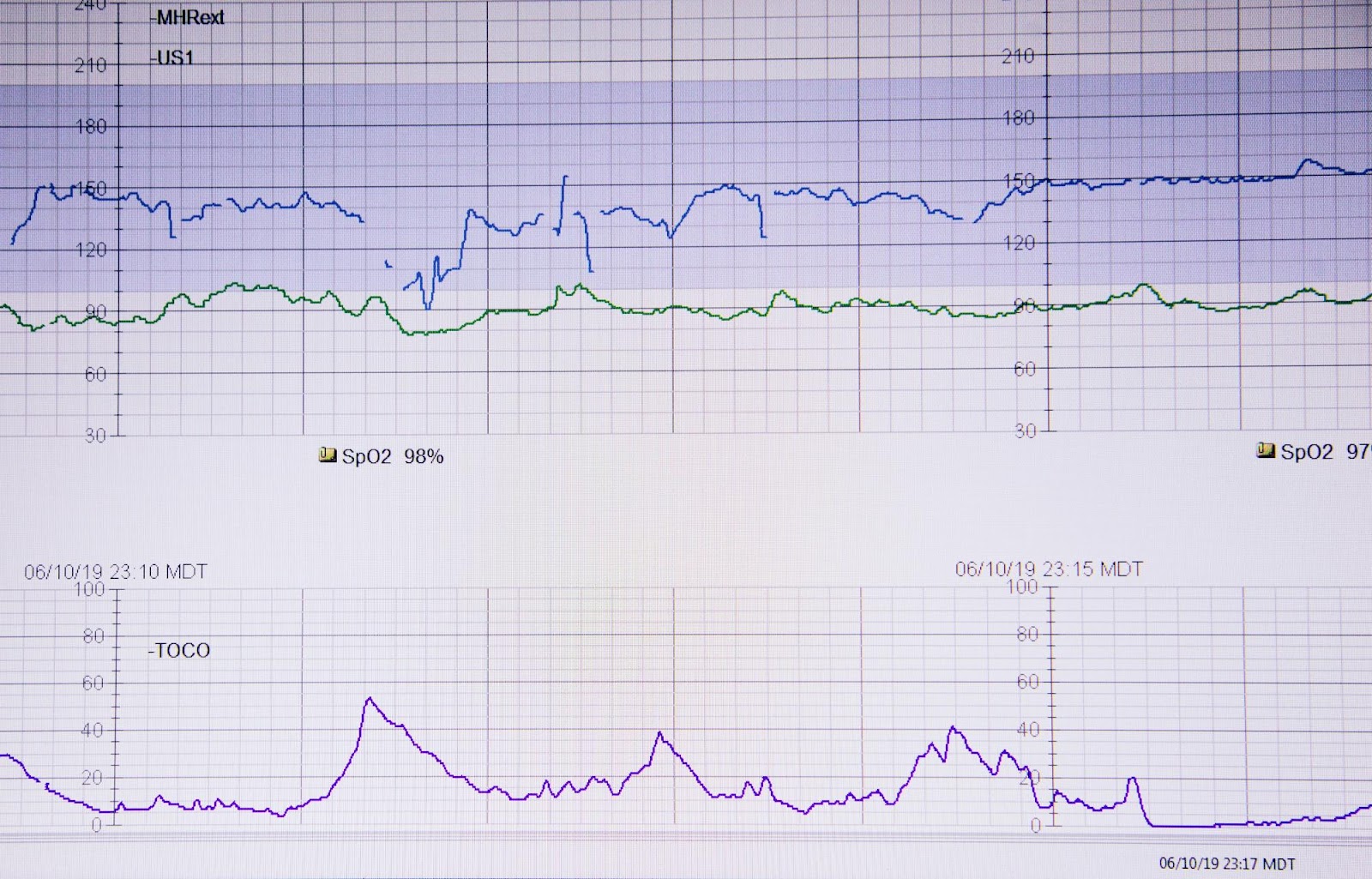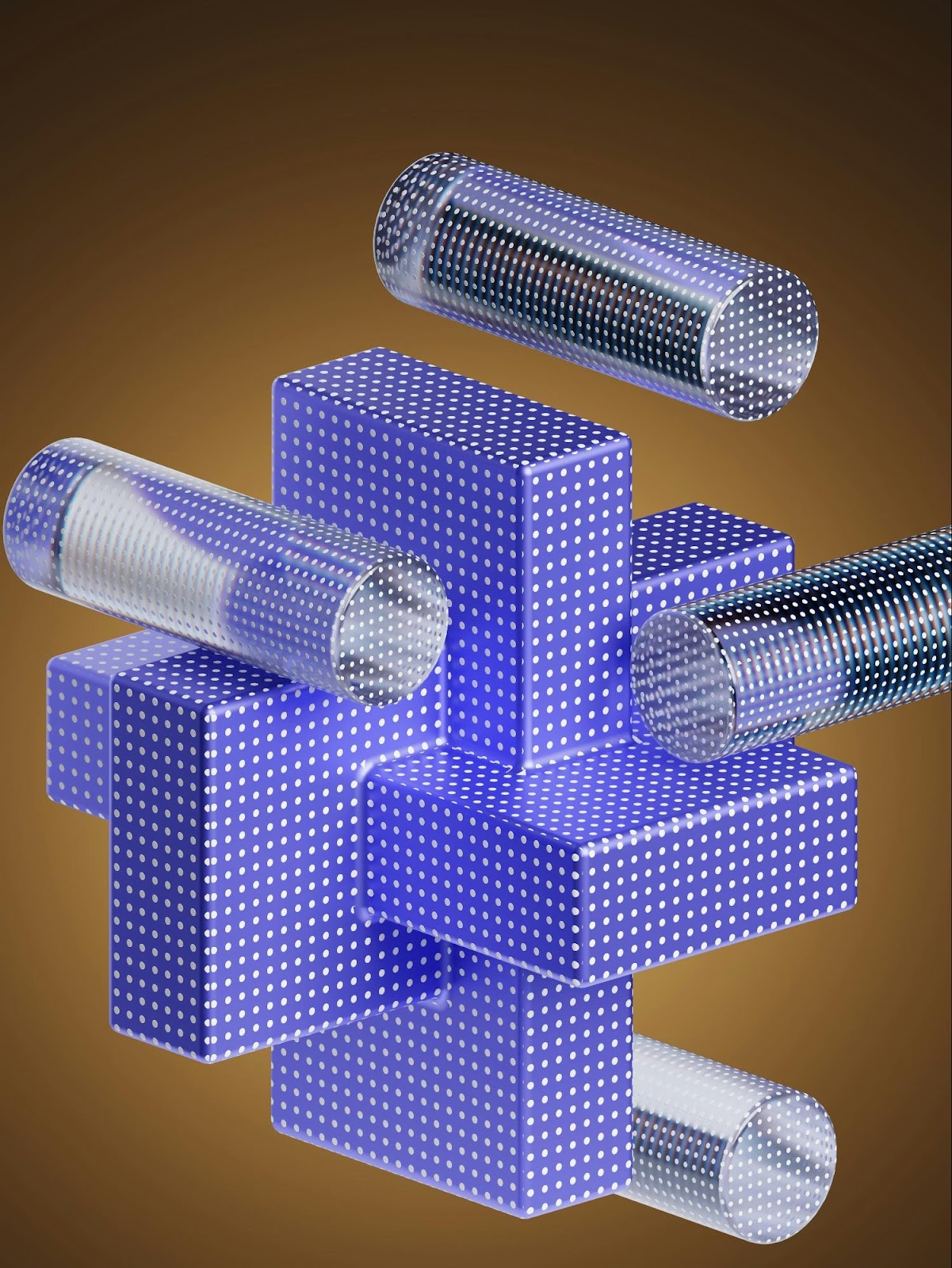Benefits of Preventive Maintenance for Manufacturers
Preventive maintenance is a proactive approach to equipment care. It involves regular checks and upkeep to prevent unexpected breakdowns. This strategy is crucial for manufacturers aiming to maintain smooth operations.
Implementing a preventive maintenance program can significantly enhance equipment lifespan. It reduces downtime and ensures machinery runs efficiently. This approach not only saves money but also boosts productivity.
Manufacturers benefit from preventive maintenance by avoiding costly repairs. It helps in maintaining safety standards and compliance with regulations. This proactive care is essential for operational success.
A well-structured preventive maintenance system can transform maintenance strategies. It provides a framework for regular inspections and timely interventions. This ensures equipment reliability and optimal performance.
Understanding the benefits of preventive maintenance is vital for manufacturers. It offers a competitive edge by improving efficiency and reducing costs. Embracing this approach leads to long-term success in the manufacturing industry.
What Is Preventive Maintenance? Definition and Key Concepts
Preventive maintenance involves scheduled upkeep to prevent equipment failures. The goal is to detect and address potential issues early on. This method ensures machinery remains in optimal working condition.
The preventive maintenance definition stresses proactive care rather than reactive fixes. It means regular inspections, adjustments, and cleaning. Such activities aim to extend equipment life and improve reliability.
Key concepts in preventive maintenance include time-based and condition-based approaches. Time-based maintenance follows a set schedule, like weekly or monthly checks. Condition-based maintenance occurs when specific indicators show a need for action.
Benefits of implementing preventive maintenance are vast:
- Reduced downtime
- Increased safety
- Lower repair costs
A successful preventive maintenance system uses these concepts to create a structured plan. The plan guides maintenance activities with consistency and precision.
Incorporating such preventive strategies boosts machinery performance and cuts costs. Manufacturers can then focus on core operations without worrying about unexpected equipment failures.
Types of Preventive Maintenance for Manufacturers
In manufacturing, preventive maintenance takes several forms. Each type addresses different needs and operational goals. Understanding these helps in selecting the right approach for various situations.
Time-Based Maintenance involves regular tasks scheduled at specific intervals. This might include monthly inspections or quarterly tune-ups. It's simple to implement but may involve unnecessary work.
Usage-Based Maintenance depends on operational metrics, like production hours. Equipment is serviced after a set amount of use. This reduces over-maintenance and focuses resources efficiently.
Condition-Based Maintenance relies on monitoring equipment health using sensors. These tools detect real-time changes indicating wear or impending failure. It allows for precise intervention when needed.
Each type offers unique benefits:
- Time-Based for routine consistency
- Usage-Based for optimization
- Condition-Based for real-time response
Choosing the right type can minimize disruptions and maximize equipment lifespan. Tailoring a maintenance plan to your operations fosters efficiency. Understanding these types assists in building comprehensive strategies.
By aligning the maintenance approach with production demands, manufacturers ensure steady and reliable operations. They can navigate challenges with tailored solutions, maintaining smooth workflows.
Preventive vs. Corrective Maintenance: Key Differences
Preventive and corrective maintenance serve different roles. Understanding their distinctions is crucial for optimizing maintenance strategies. Preventive maintenance aims to prevent equipment failures. It involves regular inspections, adjustments, and part replacements before issues arise. This approach helps maintain operational efficiency and equipment longevity.
Corrective maintenance, on the other hand, focuses on fixing problems after they occur. It's about restoring equipment to operational status following a failure or defect. This method can be costly due to unscheduled downtime and emergency repairs.
Key differences include:
- Preventive: Scheduled, proactive, cost-effective over time
- Corrective: Reactive, unscheduled, potentially costly
Balancing these methods enhances maintenance efficiency. Each has its place, depending on the situation and resources available. Combining preventive and corrective tactics ensures reliability and performance. Prioritizing preventive maintenance, however, often leads to long-term savings and stability.
Core Benefits of Preventive Maintenance in Manufacturing
Preventive maintenance offers numerous advantages to manufacturers. It reduces unplanned downtime, keeping production lines operating smoothly. This ensures higher productivity and fewer interruptions, leading to better customer satisfaction.
Cost savings are another significant benefit. By addressing issues before they become major problems, manufacturers can avoid costly repairs and replacements. Regular maintenance extends equipment lifespan, maximizing return on investment.
Safety standards improve with preventive maintenance. Regular checks and adjustments reduce the risk of equipment failures that could lead to workplace accidents. This supports compliance with industry regulations and creates a safer working environment.
A properly executed preventive maintenance plan enhances equipment reliability. Machines perform at their optimal capacity, minimizing defects and ensuring product quality. This boosts manufacturer reputation and market competitiveness.
Key benefits include:
- Reduced downtime
- Lower repair costs
- Enhanced safety
- Prolonged equipment life
- Better quality products
Implementing preventive maintenance systems empowers decision-makers with data-driven insights. These systems, such as CMMS, provide real-time analytics on equipment condition. This facilitates informed decisions that optimize operations and resources.
Finally, a robust preventive maintenance strategy fosters a proactive culture within organizations. Teams become more engaged, anticipating issues and contributing to continuous improvement. The outcome is a dynamic environment focused on efficiency and excellence.

by Max LaRochelle (https://unsplash.com/@maxlarochelle)
Real-World Examples of Preventive Maintenance
Preventive maintenance is essential in many manufacturing environments. Consider a factory where regular machine inspections are conducted monthly. This helps in detecting wear and tear before a breakdown occurs.
Lubrication of moving parts is another common practice. This simple action prevents friction, reducing the risk of overheating and part failure. It is a basic yet vital element of an effective maintenance strategy.
Examples of preventive maintenance include:
- Routine machine inspections
- Regular lubrication of parts
- Scheduled replacement of worn components
Manufacturers often use sensors to monitor equipment performance. These sensors provide data to predict potential issues, allowing timely interventions. This approach not only prevents failures but also enhances overall operational efficiency.

by Simone Hutsch (https://unsplash.com/@heysupersimi)
Building an Effective Preventive Maintenance Program
Creating a successful preventive maintenance program requires a strategic approach. Begin by assessing all equipment and understanding their maintenance needs. This establishes a strong foundation for the program.
Next, develop a comprehensive maintenance schedule. This schedule should detail specific tasks and their frequency. Regular tasks might include inspections, cleanings, or parts replacements.
Key elements of an effective preventive maintenance program:
- Detailed equipment assessment
- Comprehensive maintenance schedule
- Task prioritization based on equipment criticality
Prioritize critical equipment to reduce the risk of major disruptions. Ensure that the most vital machinery receives adequate attention. This step minimizes potential downtime and enhances efficiency.
Finally, track and analyze maintenance activities continuously. Use this data to adapt and improve the program over time. Regular evaluations allow for adjustments, ensuring the program remains effective.

by Alexander Grey (https://unsplash.com/@sharonmccutcheon)
The Role of CMMS in Preventive Maintenance
A Computerized Maintenance Management System (CMMS) plays a pivotal role in streamlining preventive maintenance. It automates routine tasks and improves efficiency. With CMMS, manufacturers can better organize and manage maintenance activities.
CMMS provides real-time data and insights. It helps in tracking maintenance histories and evaluating equipment performance. This data allows for informed decision-making and timely interventions.
Key benefits of using CMMS:
- Automates maintenance scheduling
- Tracks maintenance history and performance
- Improves communication and coordination
Communication and coordination among maintenance teams greatly improve with CMMS. It ensures that everyone is on the same page and task execution is timely. This leads to better maintenance outcomes.
The flexibility of CMMS solutions allows customization to specific needs. This adaptability ensures that the system supports various manufacturing environments effectively. Ultimately, CMMS boosts the reliability and productivity of preventive maintenance programs.

by Shubham Dhage (https://unsplash.com/@theshubhamdhage)
How to Implement Preventive Maintenance: Step-by-Step Guide
Implementing a preventive maintenance program requires careful planning. It starts with identifying critical equipment. Focus on machines that have the highest impact on operations.
Next, develop a maintenance schedule. Determine frequency based on equipment usage and manufacturer recommendations. This schedule should be clear and accessible to all relevant personnel.
Steps to implement preventive maintenance:
- Identify critical equipment.
- Develop a maintenance schedule.
- Train maintenance staff.
- Monitor and adjust the program.
Training maintenance staff is essential. Ensure they understand the program's goals and procedures. Training equips them with the skills needed for effective maintenance tasks.
Monitoring the program is crucial for continuous improvement. Collect feedback and performance data regularly. This helps in making necessary adjustments to enhance the maintenance strategy. With these steps, manufacturers can implement an effective preventive maintenance program that boosts productivity and reliability.
Overcoming Common Challenges in Preventive Maintenance
Implementing preventive maintenance can present challenges. Identifying these issues early can facilitate smoother operations. Common obstacles include resource allocation and schedule adherence.
Resource constraints often hinder maintenance tasks. Prioritizing equipment and training resources can mitigate this. Proper training ensures efficient task execution, using time and materials wisely.
Common challenges and solutions:
- Resource constraints: Prioritize and train staff.
- Schedule adherence: Use digital reminders.
- Data tracking: Implement CMMS software.
Keeping up with schedules is another challenge. Digital tools can help by sending reminders and alerts. This ensures tasks are completed on time, preventing costly delays.
Data tracking is essential for program success. Using CMMS software can streamline data collection and analysis. It provides valuable insights, facilitating informed decision-making and program enhancements.
Conclusion: Why Preventive Maintenance Matters for Manufacturers
Choosing the right preventive maintenance approach depends on your operational priorities, asset mix, and available resources. Time-based, usage-based, and condition-based strategies each have their strengths. In many cases, the most effective programmes combine all three.
The challenge for most manufacturers is coordination. Managing schedules, usage triggers, and condition data across multiple assets can quickly become complex without the right tools. This is where a robust CMMS like Makula Preventive Maintenance Software makes the difference.
Makula’s platform unifies time-based planning, usage metrics, and real-time condition monitoring in one place. By automating scheduling, tracking performance, and surfacing actionable insights, it allows teams to implement blended strategies efficiently, without drowning in spreadsheets or missed checks. This means fewer breakdowns, lower costs, and more time for your team to focus on production, not paperwork.
To explore how Makula can help design and run a preventive maintenance programme tailored to your plant, visit our CMMS Platform page or try our interactive CMMS ROI Calculator to see the potential savings for your operation.



.webp)

